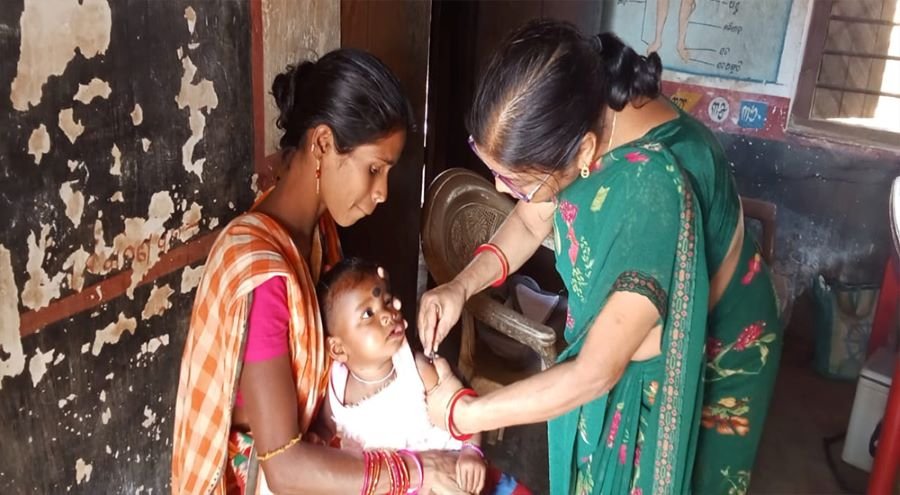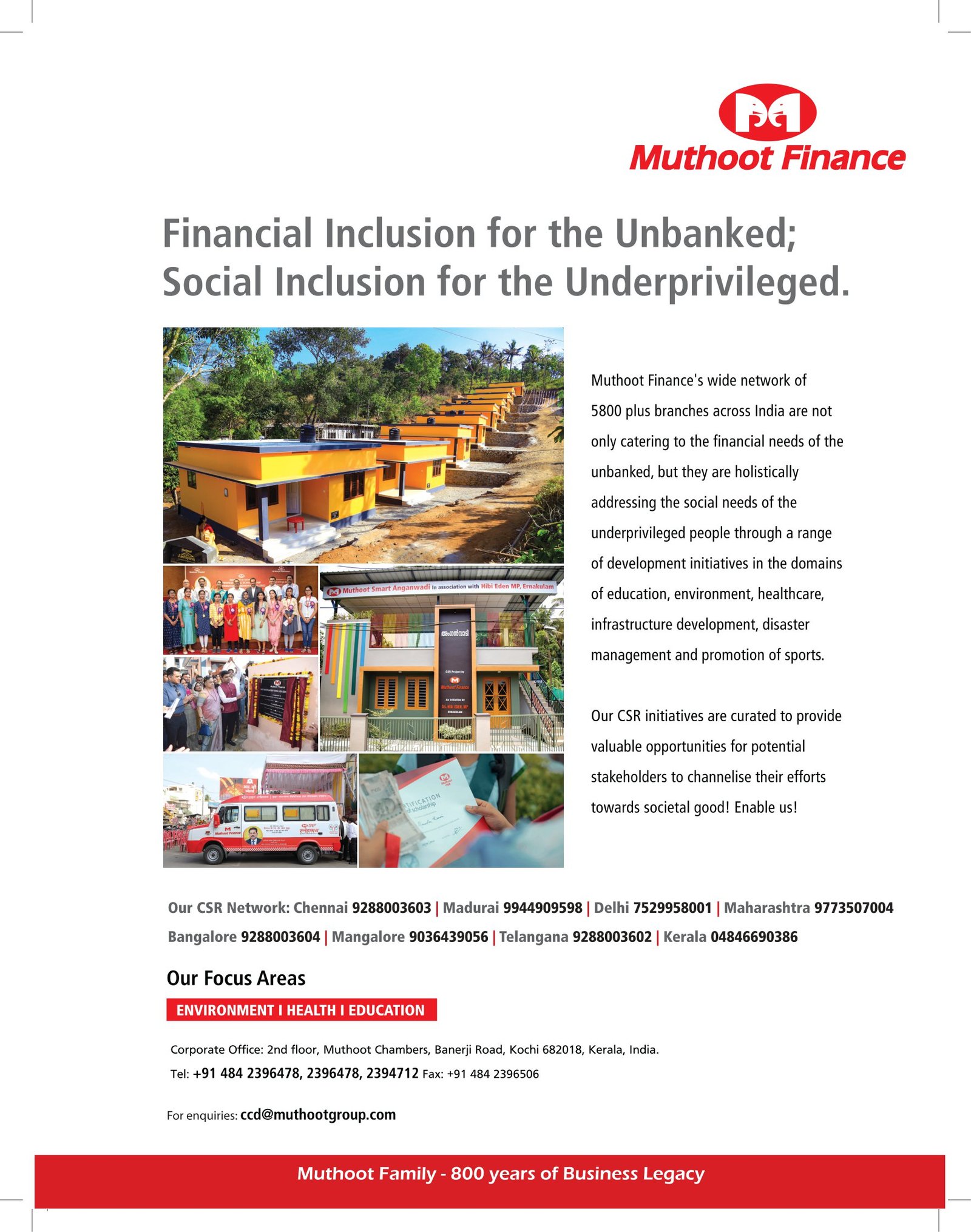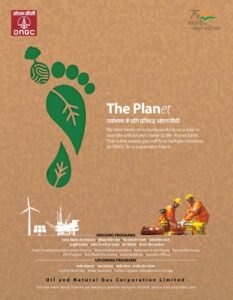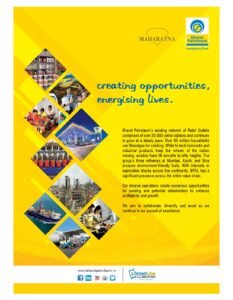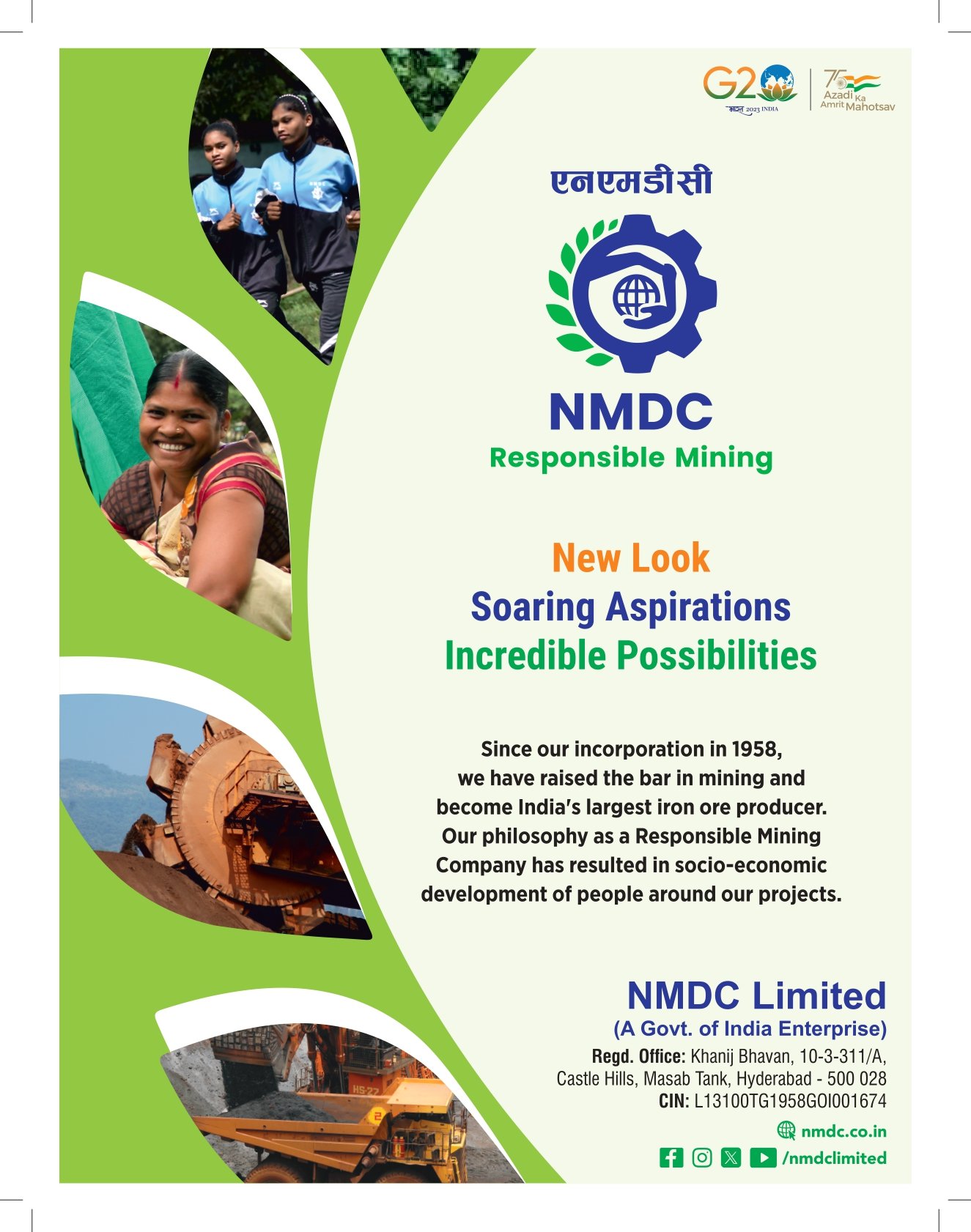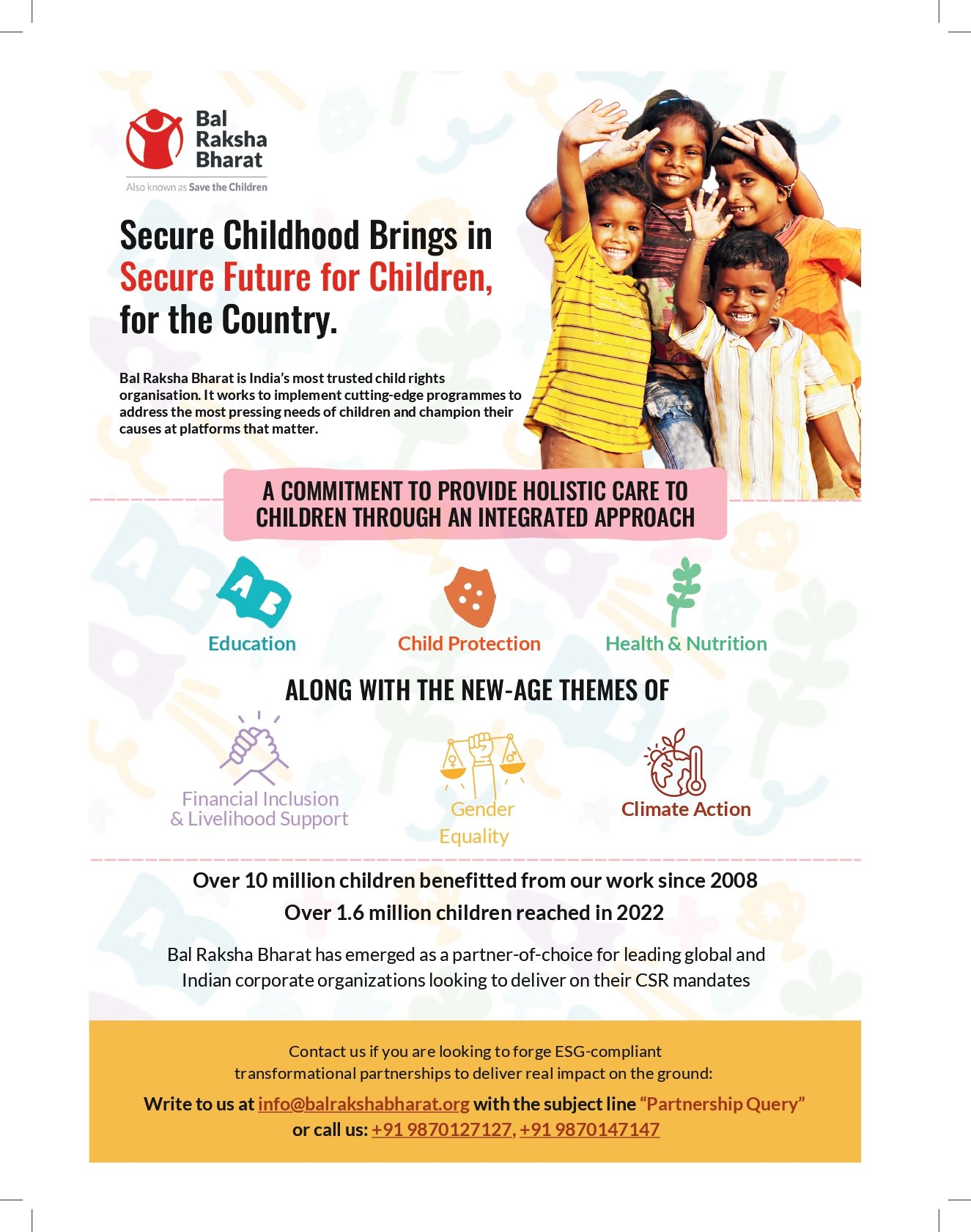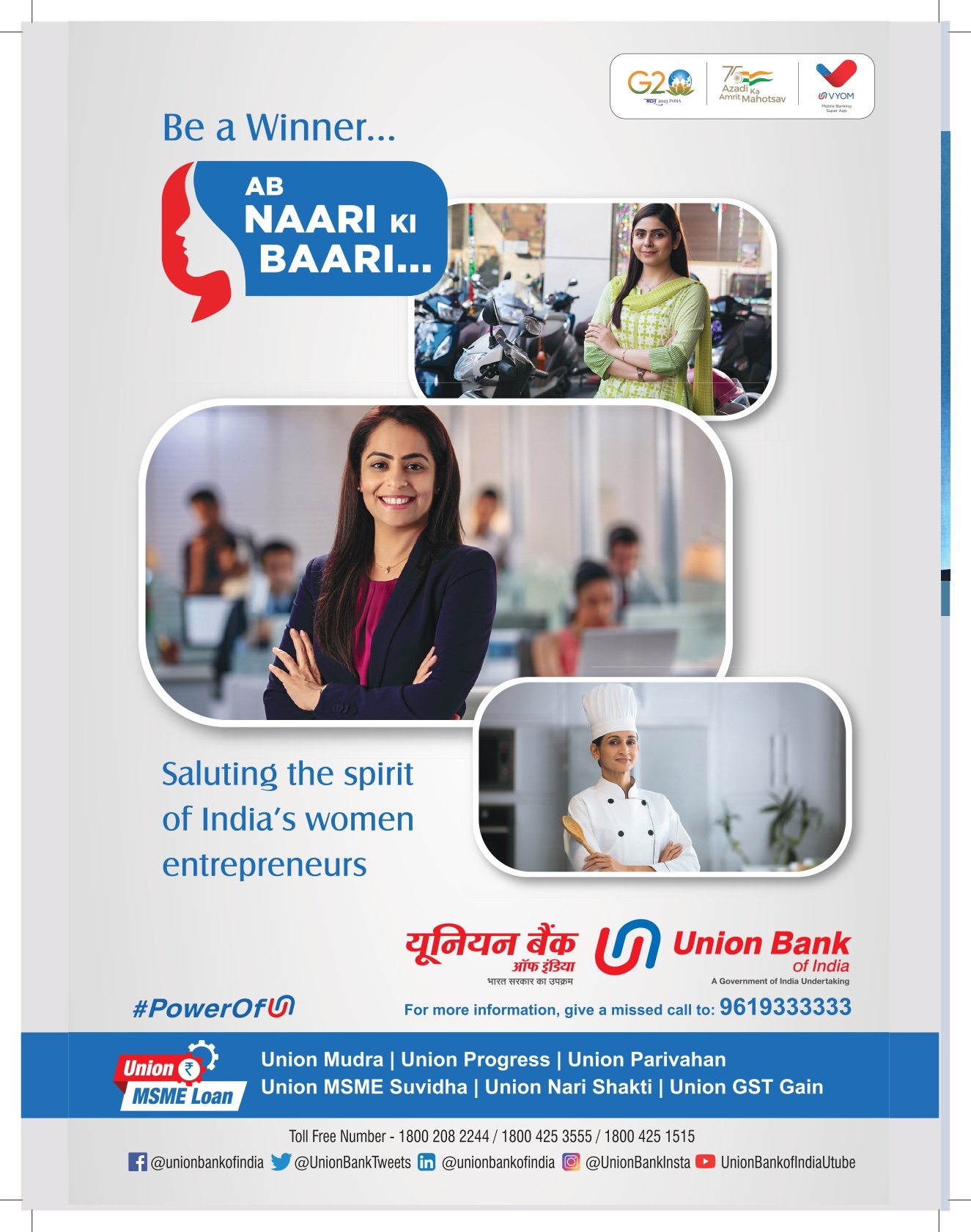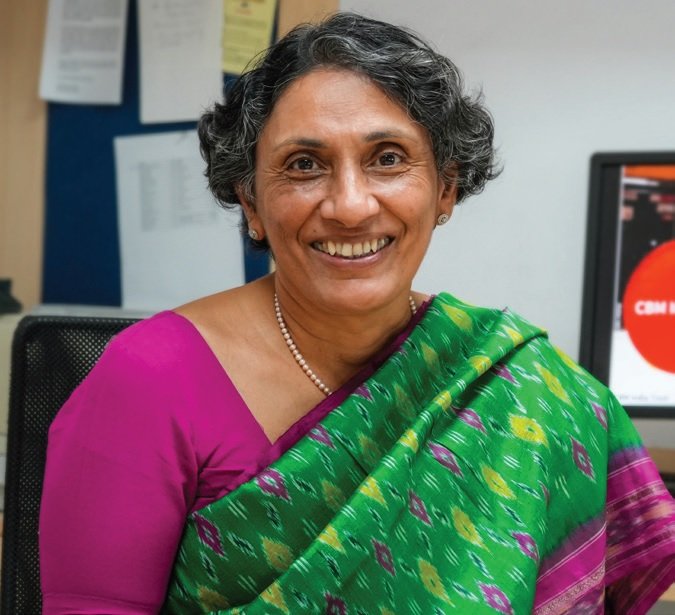
Dr. Sara Varughese
Managing Trustee, CBM India
Despite immense changes in attitudes to disability we are still far away from full inclusion. There are certain paradoxes we see in disability inclusion programs currently.
- Laws are based on rights but programs are often still based on charity: Persons with disability have previously been regarded as a burden, a curse, or at best, as people needing help or assistance. While various public and nongovernmental programs exist, very often these are based on a charity model. There are camps for ‘distribution of aids and appliances’ without thought as to whether these are appropriate, and can be used in the environment the person lives in. The pension schemes offer a meagre subsistence. Yet persons with disabilities are increasingly pushing the barriers and showing their potential. They want to use their capabilities and contribute. These opportunities are often denied to them. Though we have the Rights of Persons with Disability Act 2016, the importance of addressing social barriers is not understood by the government or the public.
- Another strange paradox is that high-income countries report more disability than developing countries. The World Report on Disability (released by the World Bank and WHO in 2011) talks about 15% of the world’s population, a billion people with disability. Countries like Australia report over 15 % of disability. In Asia, the highest reported prevalence is from Thailand. However, India reports 2.2% in its census statistics. Though these figures are more than a decade old, the results from 2 more recent studies, the LASI study Wave 1 2018 also showed and a national Sample survey also showed a maximum of 4.4 %. If we look at the population over 45 it rises steeply to 4-13 %.
- One reason of course is incorrect counting, how these people with disabilities are identified. Often this depends on self-identification or possession of a disability certificate. Official estimates only consider functional limitations (impairment) and not activity limitations (Activities of Daily Living [ADL]).
- State support is very small while disability increases living costs and reduces incomes. In India, the extra costs of maintaining household living standards, when at least one of the members lives with a disability, lie in the range of 12%-26% of the average household monthly consumption expenditure. Persons with disability also have a lower probability of being employed relative to people without disability, by 20% (female) to 32% (male), with multiple disabilities lowering the likelihood of being employed even further. There is a lower earning, Lower Work Participation, and Earnings among Men and Women with Disability.
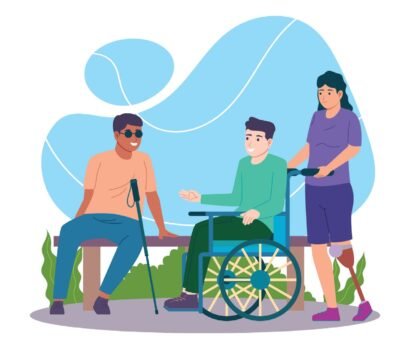
The cost of living is higher (14% to 26%) for households having a person with a disability (further higher if multiple people reported disability) compared to otherwise similar households; We also find the cost-of-living differential to be generally higher in rural areas compared to urban areas.
Current estimates are, Governments at the central and state levels spend approximately INR 3,409 per person with disability per month.
Economic Case for Investing in Disability Report
What needs to happen?
- Improve the data on persons with disability- disability-specific surveys using tools based on the international classification of functioning, disability, and health. As there is such a wide range of estimates of disability prevalence across household surveys in India and differences between estimated disability prevalence in India and other countries, there is a need for a reassessment of how disability data are gathered in India, including reassessing the definition of disability in survey modules.
- Increase investment and allocations of Government funding for people with disability and disability programs. The current investment is much smaller than economic losses for people with disability and the households they live in.
- Increase opportunities for persons with disabilities in education and employment. Thomas Aichner in The Economic argument for hiring people with disabilities wrote about the need for employment of persons with disabilities to be considered from three different perspectives: moral, legal, and economic.
- Target persons with disabilities for education, skilling programs, and employment. There are numerous studies and anecdotal experiences that show the huge contributions they make to companies, their families, and society as a whole. Allow them to prove themselves.





